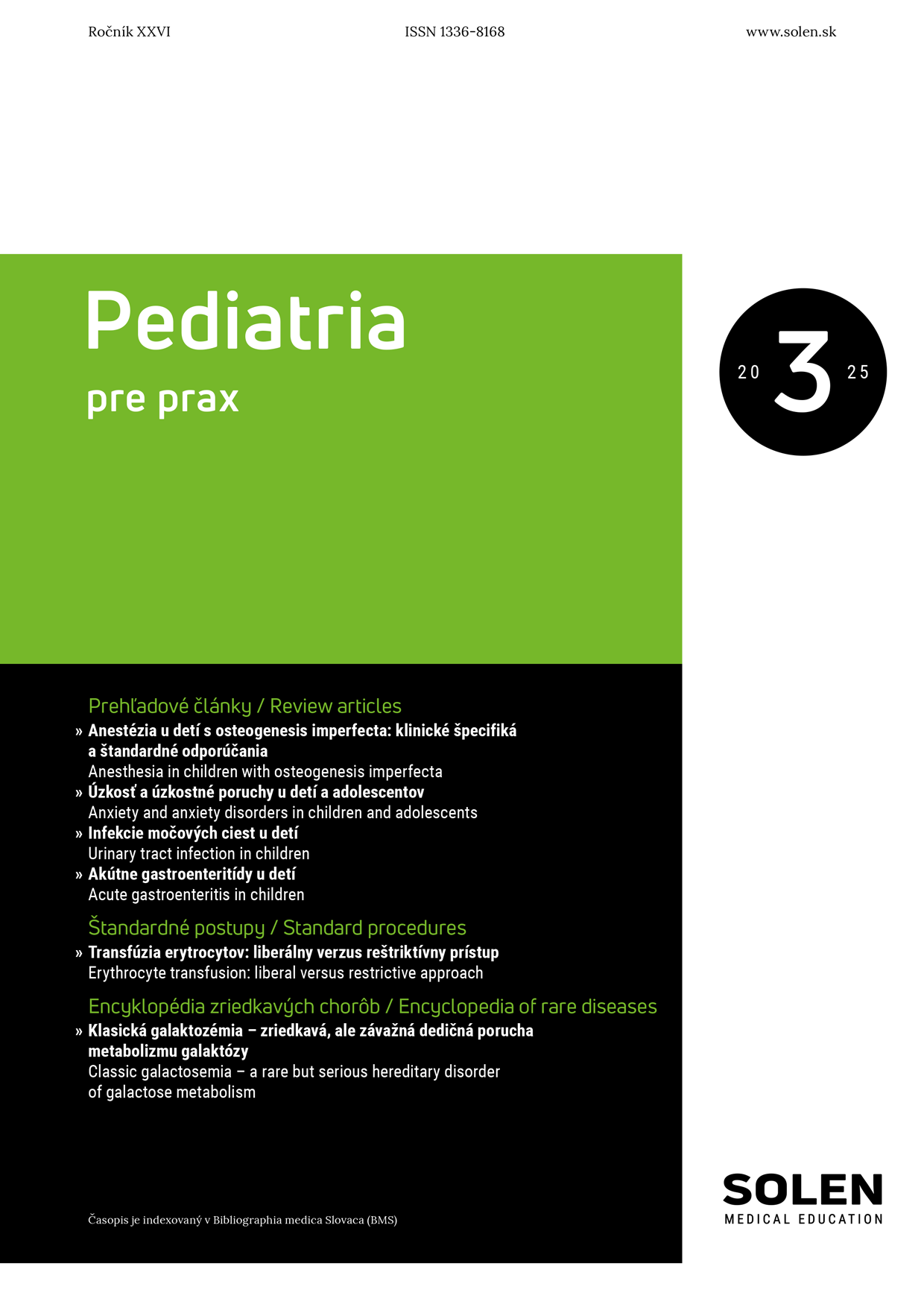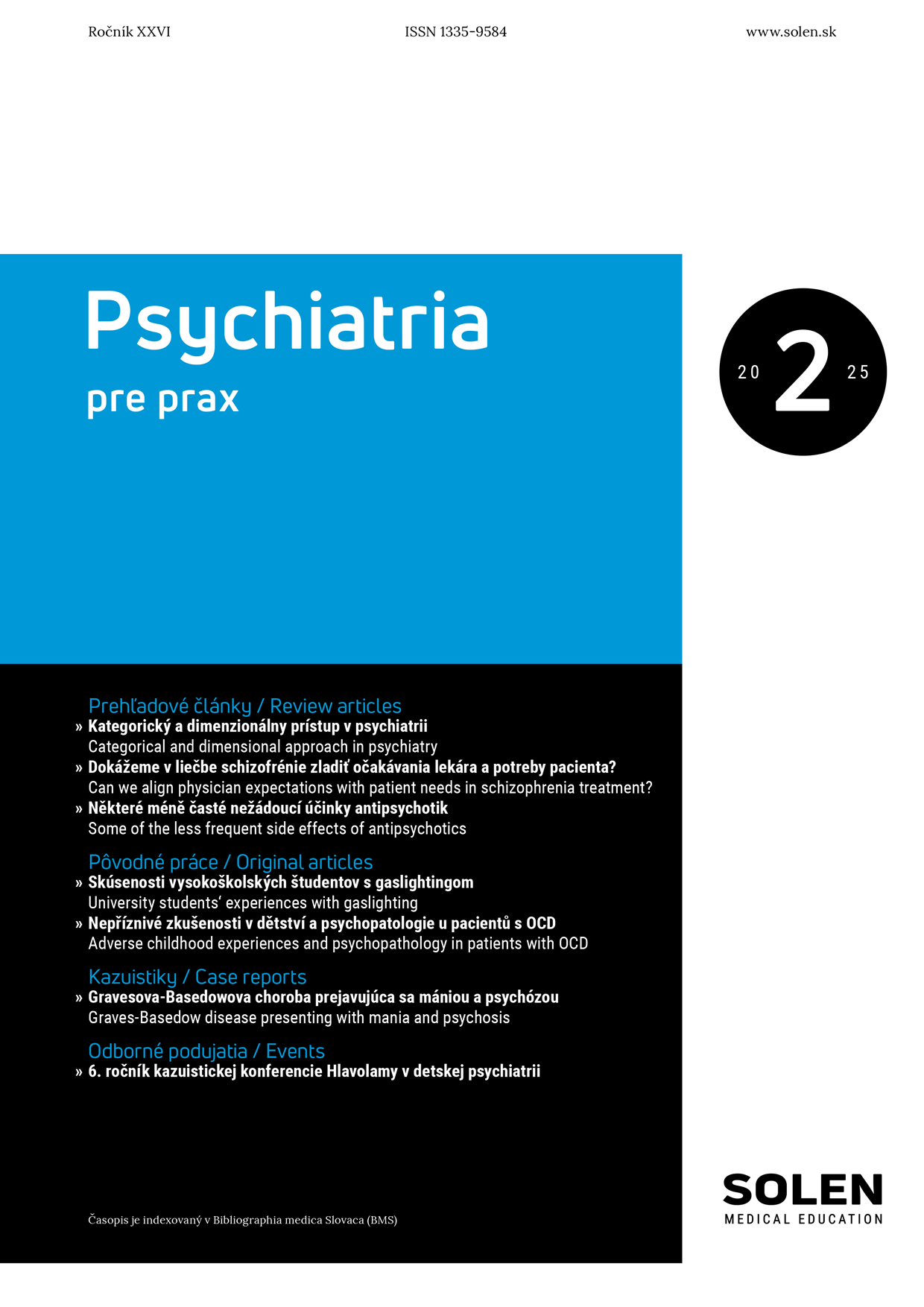Vaskulárna medicína 3/2016
Monitorovanie hemostázy u žien s rizikovou tehotnosťou na antikoagulačnej liečbe
doc. MUDr. Miroslava Dobrotová, PhD., MUDr. Lucia Stančiaková, MUDr. Pavol Hollý, PhD., MUDr. Zuzana Jedináková, PhD., Ing. Ingrid Škorňová, PhD., Mgr. Lukáš Duraj, PhD., RNDr. Ľubica Kořínková
Fyziologické zmeny hemostázy vedúce k zvýšenej zrážanlivosti krvi spolu s preexistujúcimi rizikovými faktormi počas tehotnosti a v šestonedelí zvyšujú u pacientok riziko venózneho tromboembolizmu (VTE) a tehotenských komplikácií, a tým prispievajú k významnej materskej morbidite a mortalite. Ich spoločnou črtou je zvýšená tvorba trombínu, vedúca k vzniku mikrotrombov v mieste implantácie alebo neskôr v priebehu tehotnosti k porušenej uteroplacentárnej perfúzii. Odporúčania Americkej spoločnosti hrudných chirurgov (ACCP) u rizikových tehotných žien preferujú používanie nízkomolekulového heparínu (LMWH) pred inými antikoagulanciami. Hodnotenie zmien hemostázy u rizikových tehotných pacientok preto môže zohrávať kľúčovú úlohu v personalizácii antikoagulačnej tromboprofylaxie.
Kľúčové slová: riziková tehotnosť, antikoagulačná tromboprofylaxia, monitorovanie, venózny tromboembolizmus, hemostáza
Monitoring of haemostasis in women with high-risk pregnancies on anticoagulant therapy
Along with pre-existing risk factors, physiological changes of haemostasis, leading to the increased blood clotting during pregnancy and six weeks after the delivery, increase the risk of venous thromboembolism (VTE) and pregnancy complications, and thus contribute to the significant maternal morbidity and mortality. Their common feature is the increased formation of thrombin, representing the cause of the formation of microthrombi in the impantation site or later in the course of the pregnancy to the disorder in the uteroplacental perfusion. In high-risk pregnancy, the Guidelines of American College of the Chest Physicians (ACCP) prefer the use of low-molecularweight heparin (LMWH) instead of other anticoagulants. The assessment of the haemostatic changes in high-risk pregnant patients could therefore play an important role in the personalization of anticoagulant thromboprophylaxis.
Keywords: high-risk pregnancy, anticoagulant thromboprophylaxis, monitoring, venous thromboembolism, haemostasis

















